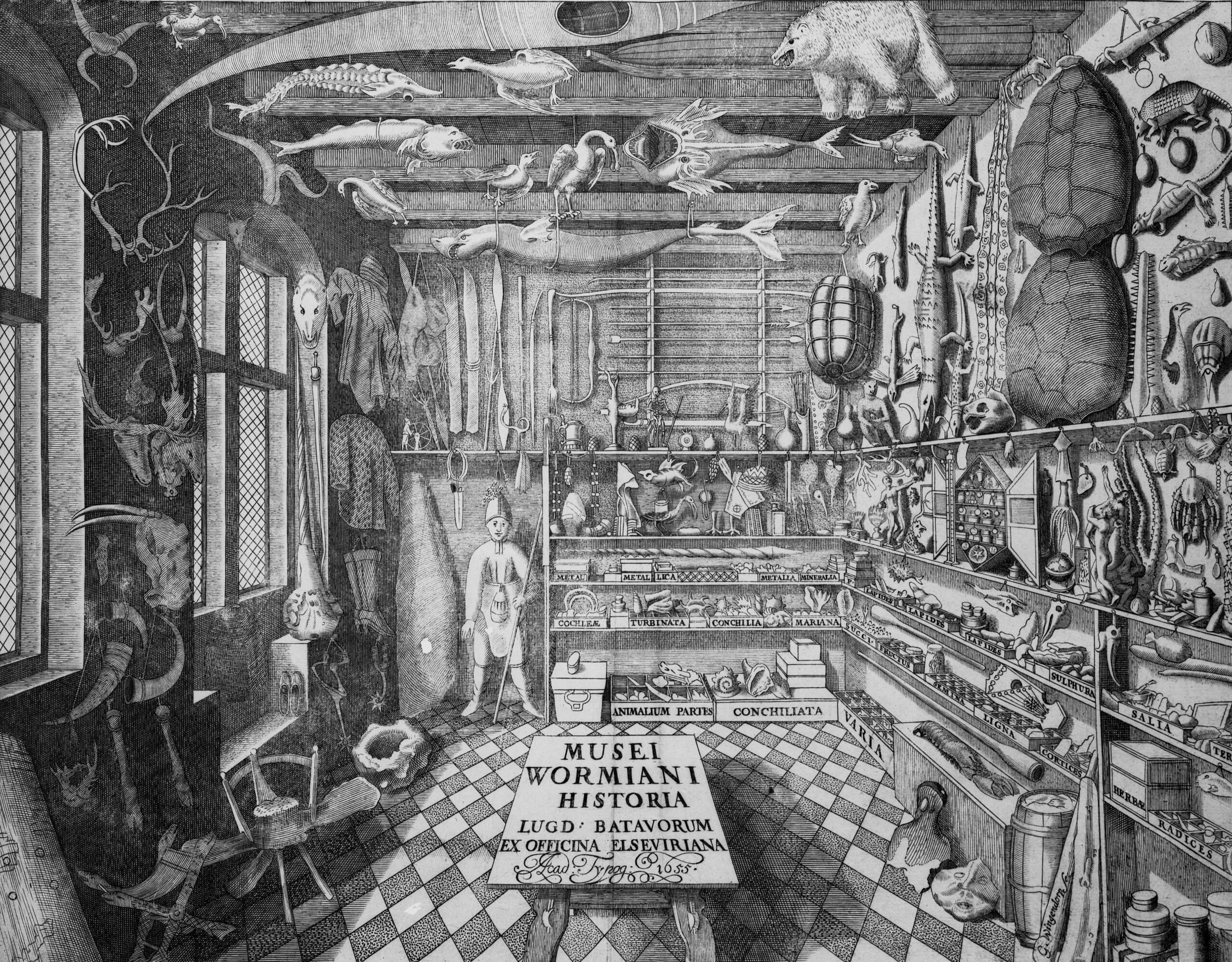Wunderkammer, or cabinets of curiosities, arose in mid-sixteenth-century Europe as repositories and display cabinets for all manner of wondrous and exotic objects.
Here is the first in an intermittent series of Deception Wunderkammers — a place to share my virtual collection of deceptive wonders, curios, and trinkets.
So, in no particular order, please marvel at:
- A spider that creates and ‘puppeteers’ an enlarged decoy of itself. This kind of self-mimicry appears to be incredibly rare across the animal kingdom.
- 99% Invisible is my favourite podcast. It illuminates the hidden and unnoticed designs that shape our behaviour. I would highly recommend it to all students of deception. For a sample episode about how airport design influences passenger behaviour, listen here.
- A fish that blends and disappears into its background via chemical crypsis.
- Possibly, the best-ever heist. How is there not already a movie based on this?
- From the best ever heist, to possibly, the world’s best art forger. Hebborn’s book provides a rare first-hand account of the process and psychology involved in forging artworks.
- It’s just got a lot harder to spot a fake Rolex — here’s what to look for. A great analysis of the increasingly sophisticated mimicry present in counterfeit goods. The article also touches on some broader principles of counterdeception.
- Some mind-blowing primate deception that raises fascinating questions about the existence of Theory of Mind in animals.
- An amazing talk (with nearly 32 million views) on the art of misdirection, by friend, pickpocket, and fellow deception scholar, Apollo Robbins.
- James Green’s fantastic Magic at War blog, full of fascinating tales about magic in war, with a current focus on prisoner-of-war camps. Also, check out James’s new book, The Colditz Conjurer.
- And finally, a molecular ‘decoy’ that mimics DNA damage and prompts cancerous cells to ‘kill’ themselves. The full paper can be found here.


